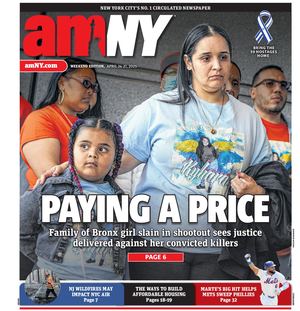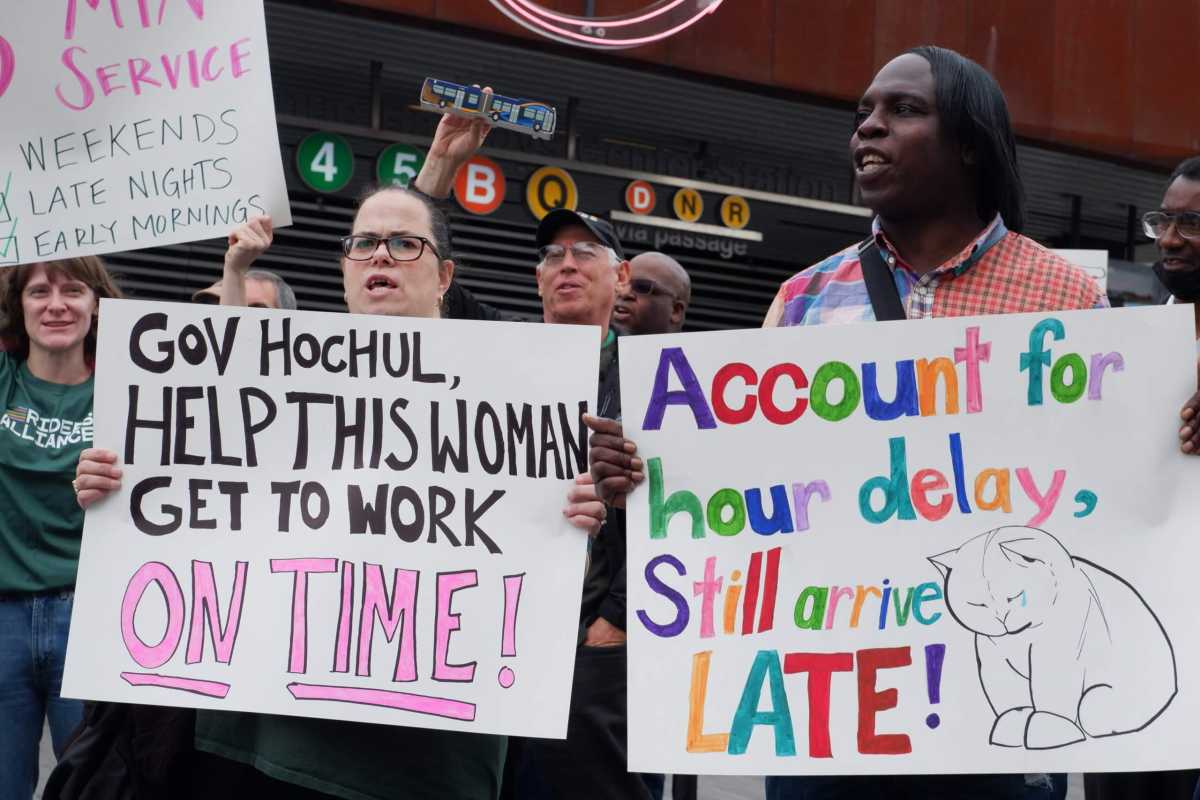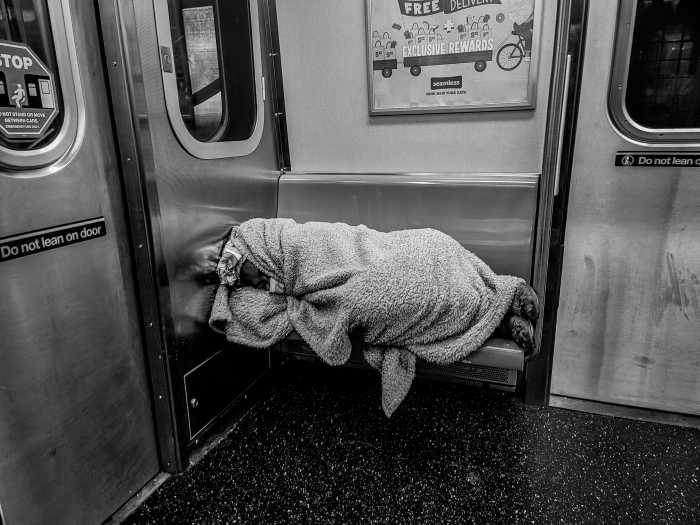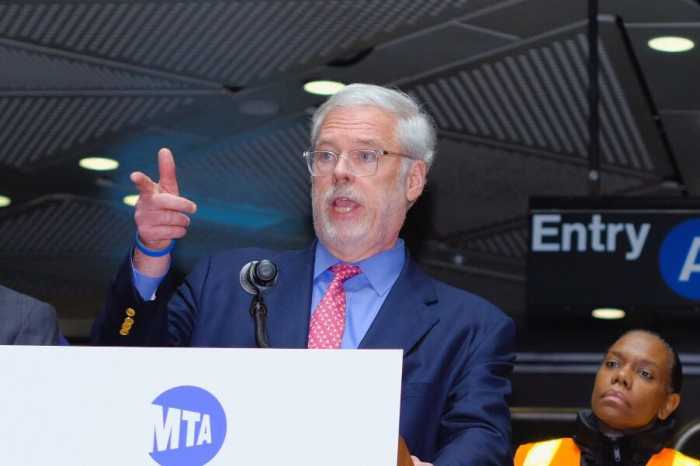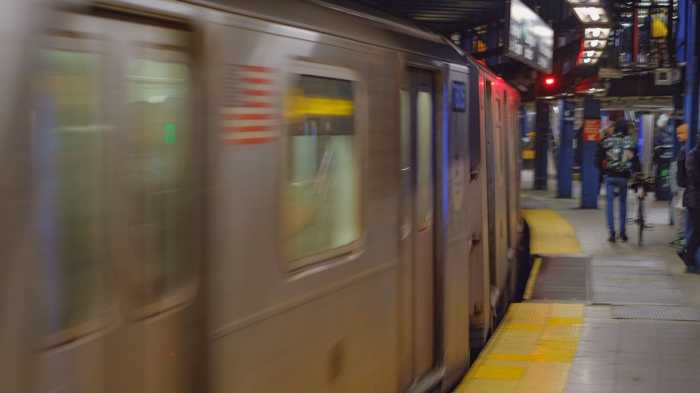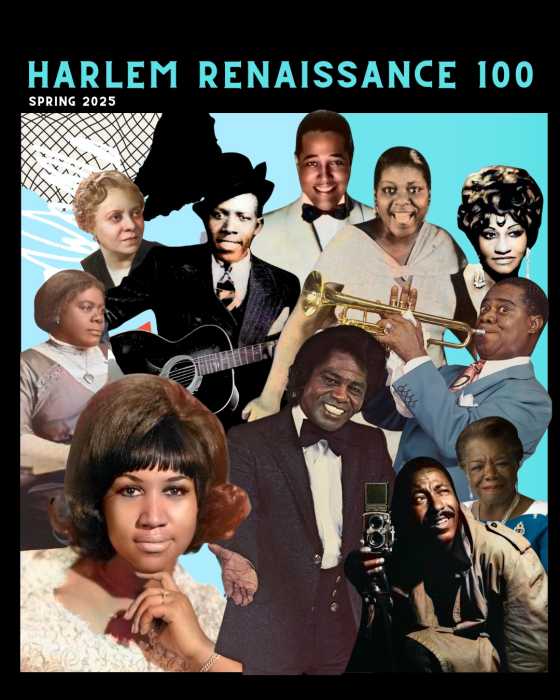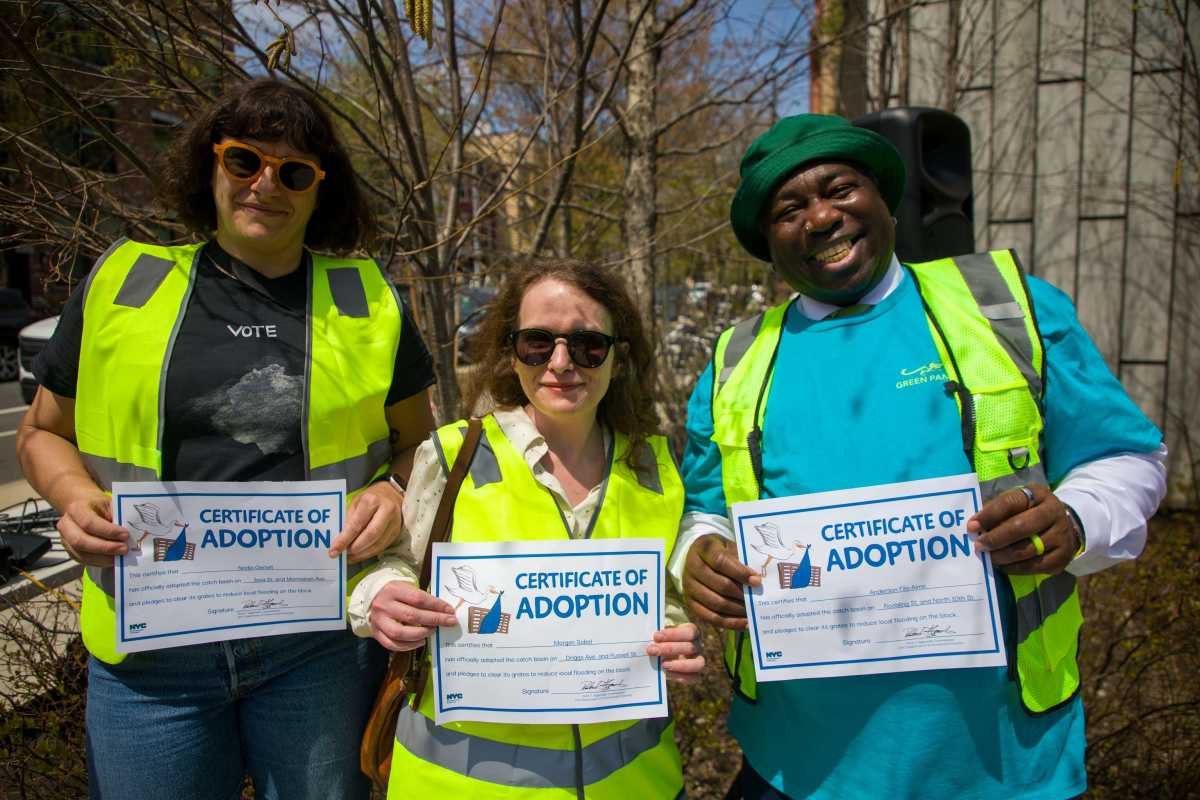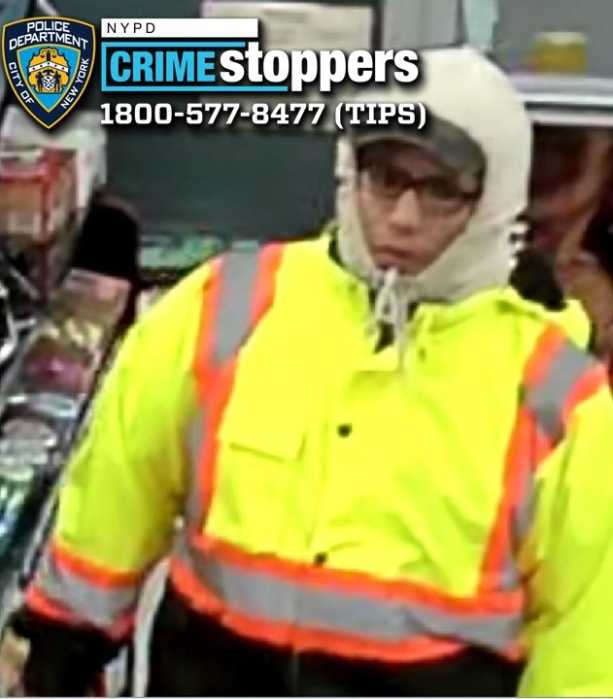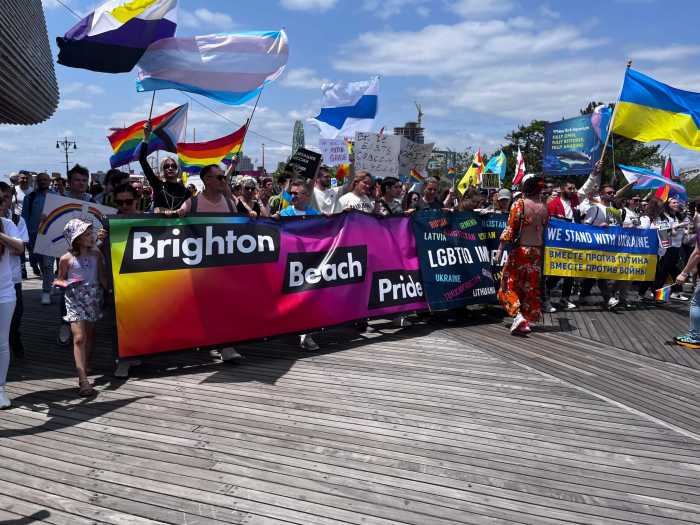Transit boosters called on Governor Kathy Hochul to better fund the MTA so New York City subways and buses can operate every six minutes.
The advocacy group Riders Alliance relaunched their campaign for six-minute service Sunday, urging the governor to divert more state funding to the MTA in the state budget.
The advocates argued that frequent schedules would entice more New Yorkers back to mass transit and out of cars as ridership remains about 40% down from pre-pandemic.
Straphangers from across the city rallied for the six-minute cause outside Barclays Center in Brooklyn Sunday, detailing their struggles to get around the Five Boroughs, especially outside of the traditional peak travel hours.
“Without six-minute service, I have to plan excessively for every essential trip, and my weekly shopping just becomes a long day of waiting for buses, and trains, and chokeholds, and transfer points,” said East Harlemite Ariel Smallwood. “A life without six-minute service just makes being spontaneous a luxury.”
One Jamaica, Queens, resident who used to live in a homeless shelter said that the gaps between trips even threatened her being able to have a roof over her head due to strict curfews at the facilities.
“Unreliable public transportation made it so stressful for me to make it back, wondering what would I do if I missed my curfew because the long wait time,” said Leilani Cook.
“That’s what the governor doesn’t understand: Missing a train or bus, and the next one comes in 15 minutes or more, could mean not having a shelter for the night,” she said.
While the MTA runs about 60% of subway lines at least every six minutes during rush hour, fewer than 10% of lines do so on Saturdays and only one, the L train, has such frequent service on Sundays, according to Riders Alliance.
The L train happens to also be the best-rated line among commuters, a recent MTA survey found. The agency can run more frequent service on the L and the No. 7 lines thanks to upgraded signaling systems there.
Ridership rates have recovered much faster on weekends, and bigwigs at New York City Transit — the MTA subsidiary in charge of the city’s subways, buses, and Staten Island Railway — recently appointed a “weekend service czar,” to improve riders’s experience during those days, when transit officials often schedule upgrade and repair work causing outages.
The MTA also suffered crew shortages due to illness, retirements, and a hiring freeze during the pandemic, triggering longer wait times for commuters as the agency had to cancel trips.
One Queens College student said he had to wait half an hour to catch a bus in the middle of the afternoon recently, and that the long waits were discouraging him from using public transit.
“What would have been a 15-minute drive turned into an hour commute,” Michael Forcino said. “I use my mother’s car as often as possible to avoid these dreadful commutes. I’m essentially being forced into driving a car because of unreliable public transportation.”
The nation’s largest mass transit system faces a deficit of $1.6 billion a year as $15 billion in federal pandemic aid to cover depleted fare revenues begins to run dry.
MTA Chairperson and CEO Janno Lieber has advocated for more funding from the state, saying the public authority should be treated as an essential service like fire and sanitation departments.
“I would love to add more service, but first we got to solve the budget problem,” Lieber said on CBS New York Sunday. “The real issue is economics: Can we afford it? Right now, the MTA, because of the reduced ridership from COVID, has a structural deficit.”
Hochul wouldn’t say when asked by amNewYork Metro recently if she’d push lawmakers in Albany to fund transit like a public good.
“There’s different funding sources for the MTA, they’re all important, it’s not one sole source, it’s not just the state budget, it’s not just the fares, and we’re looking at other options as well,” she said during a Sept. 20 press conference with MTA leaders in Queens.
“I believe in an all-of-the-above approach to make sure that we have sustainability, but not just keeping the trains running, but be able to make the kind of investments we’re talking about here today, and making sure that we have the technology, the signal changes, the system changes,” the governor said.
